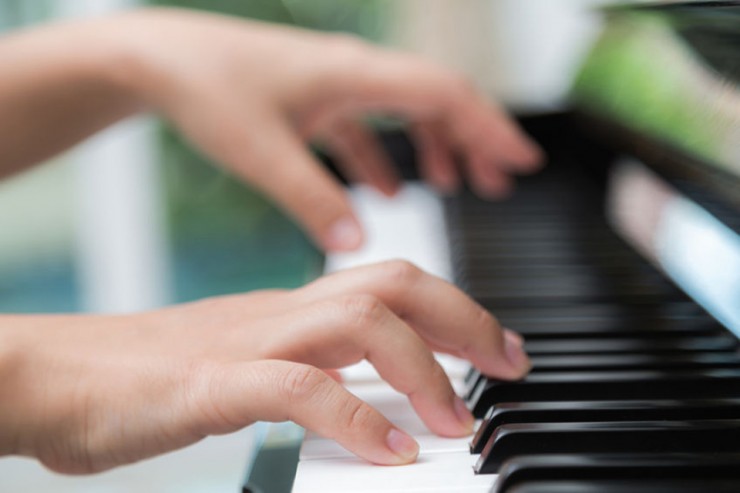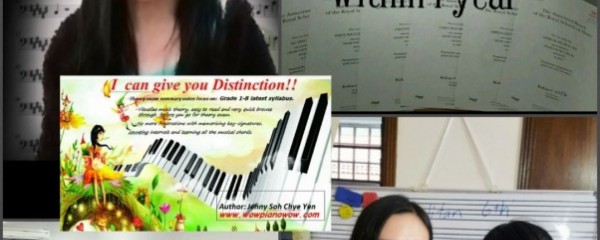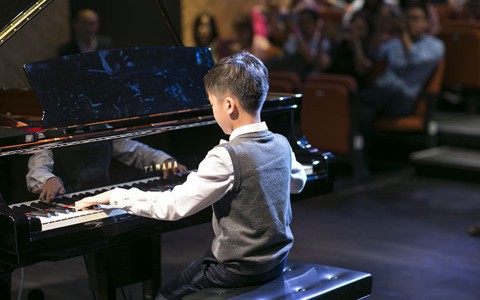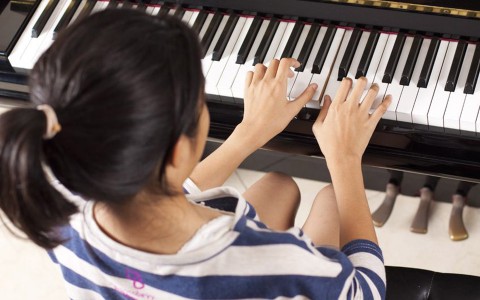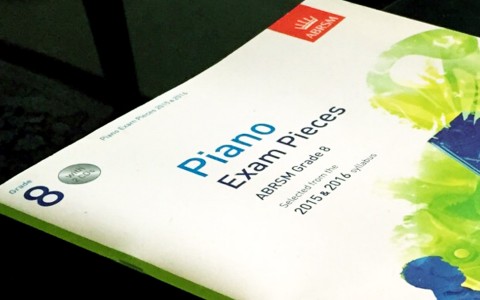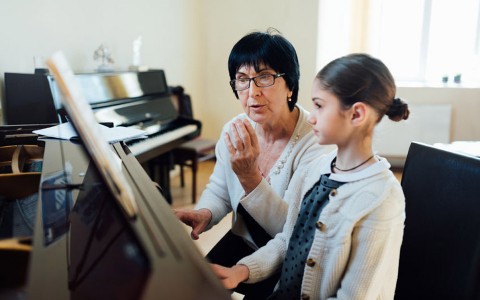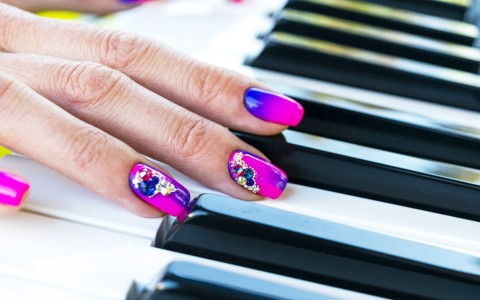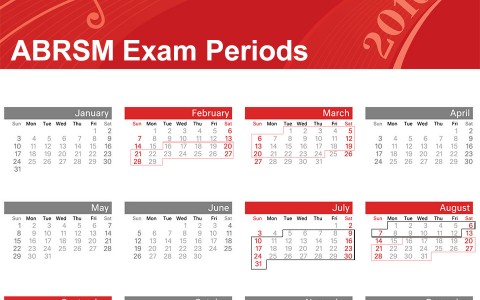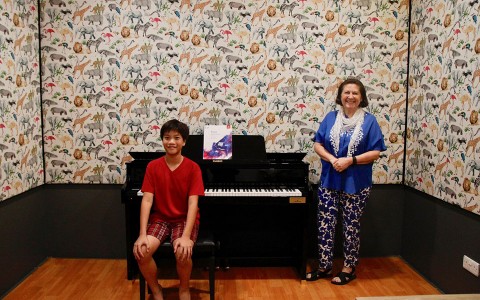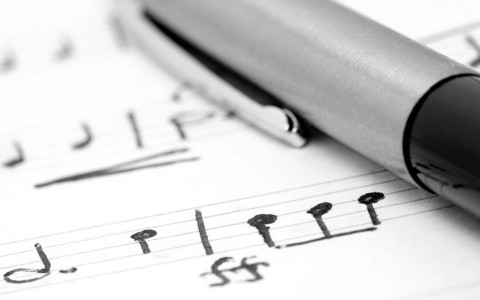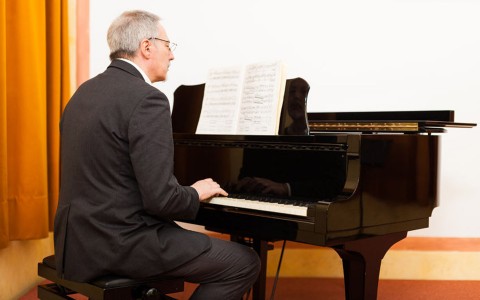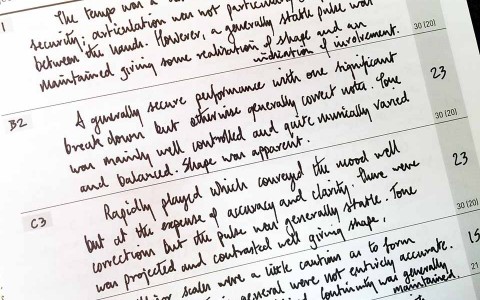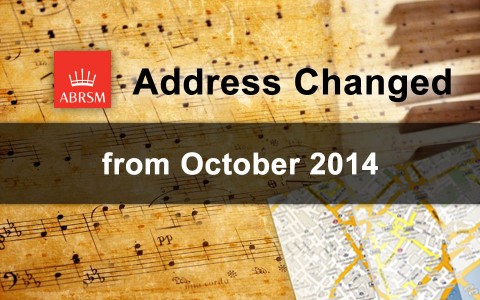This doesn’t require you to be at the piano and can be practiced anywhere and anytime, you can practise on your table, in the bus, or in the train and you’ll find it achievable in no time!
During piano lessons, we try not to let the wrist collapse and rest on the keys, this needs gentle help from teacher by supporting student’s wrists with a pen or ruler, and rest assure that the more you do it the better it gets!
Once improvement is shown, try balancing a fifty cents coin on the back of one of the hand, don’t put on both hands right from the beginning, start with single hand first before doing both hands, and try to strike the keys without the coin slipping off! A little challenge always helps!
Try both hands together once they have learnt each hand separately, with both thumbs starting on middle C together, then continue with both hand’s fingers 2s-3s-4s-5s and repeat this exercise again. This is a good exercise for them to practise both hands together, so very positive experience! Good try for a first piano lesson! Sounds nice and a good start too!
Teaching kids how to locate the keys by introducing animal’s characters for each note makes a interesting concept immediately manageable and kids can locate the notes on keyboard easily and with the time value of notes so much easier to remember. Make sure to remind that these are their nick-names, and keep reminding the note names by linking it up as a story, which can be called linking memory technique to memorize the note names.
